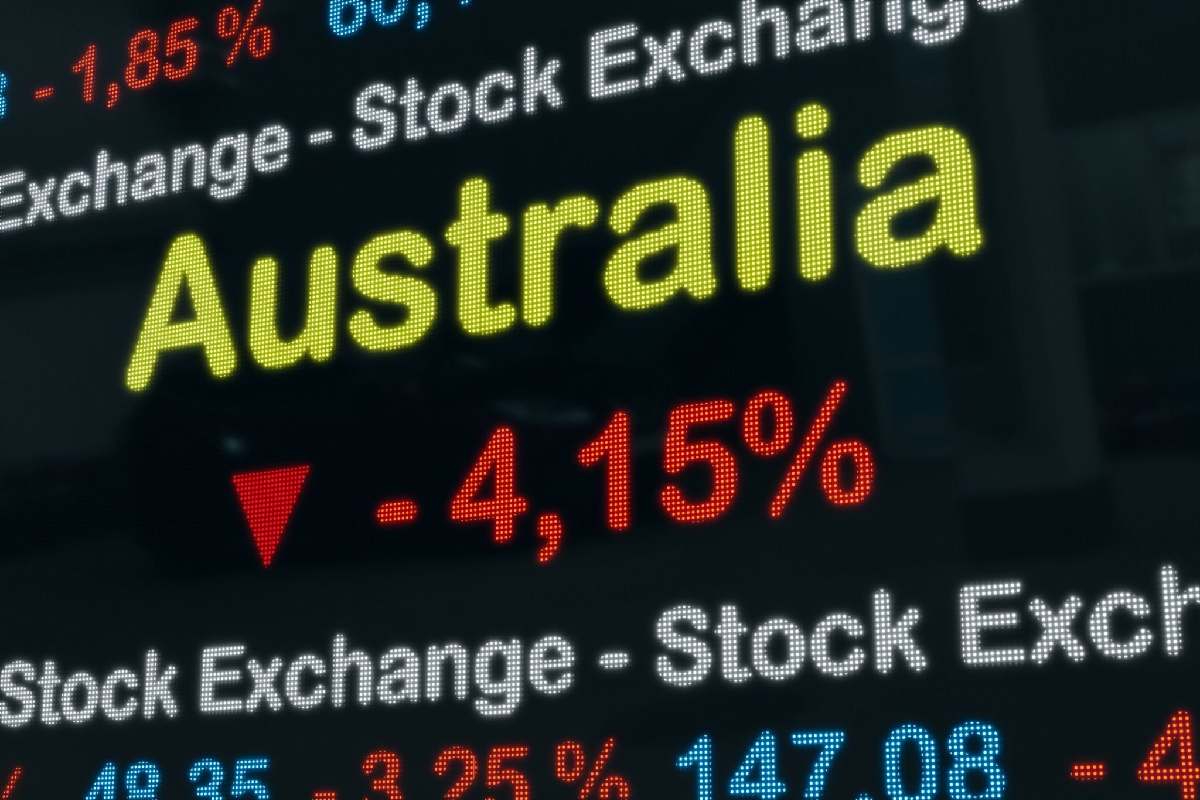The Australian options market is a great place to trade for those looking to make a profit. Options trading involves speculating on the future direction of an underlying asset, such as a stock, commodity, or currency pair. Several different techniques can be used when trading the Australian options market. Some of these techniques are more complex, but all can be effective in certain situations. You can read more about them through this link.
Table of Contents
Scalping
Scalping is a technique that involves opening and closing a large number of positions in a short period. This technique can be used when the market moves in a small range or when there is low volatility. Scalpers will often look for periods of high liquidity so that they can execute their trades quickly.
Swing trading
Swing trading is a technique that involves holding a position for a more extended period, usually overnight or for several days. This technique is generally used when the market is expected to move more significantly. Swing traders will often use technical analysis to try and predict where the market is headed.
Day trading
Day trading is a technique that involves holding a position for a short period, typically only for the day. This technique is generally used when the market is expected to make a small move. Day traders will often use technical analysis to try and predict where the market is headed.
Position trading
Position trading involves traders holding a position for a more extended period, usually for several weeks or months. This technique is generally used when the market is expected to make a significant move. Position traders will often use fundamental analysis to try and predict where the market is headed.
Technical analysis
Technical analysis is a technique that involves using charts and other technical indicators to try and predict future market movements. Technical analysis can be used for all timeframes, from scalping to position trading.
Fundamental analysis
Fundamental analysis is a technique that involves using economic data and other news events to try and predict future market movements. Fundamental analysis can be used for all timeframes, from scalping to position trading.
Sentiment analysis
Sentiment analysis is a technique that involves using social media and other news sources to try and gauge public opinion on an asset. Sentiment analysis can be used for all timeframes, from scalping to position trading.
Risk management
Risk management is a technique that involves managing your risk exposure to protect your capital. Risk management can be used for all timeframes and is an integral part of any trading strategy.
Risks of trading the options market
Volatility
The options market is volatile and can move quickly, which can be a risk for those who are not prepared for it.
Liquidity
The options market is not as liquid as other markets, such as the stock market, making it difficult to execute trades.
Margin requirements
Margin requirements in the options market are higher than in other markets. You will need more money to trade in the options market.
Commissions and fees
Commissions and fees can eat into your profits in the options market. Make sure you understand all of the costs involved before you trade.
Why Australian traders should trade the options market
Access to international markets
The options market gives Australian traders access to international markets, which can be a great way to diversify your portfolio.
24-hour trading
The options market is open 24 hours a day, allowing Australian traders to trade around the clock.
Access to a variety of assets
The options market gives Australian traders access to various assets, including stocks, bonds, and commodities.
Tips for trading the options market
Have a plan
Before you trade, you should have a plan. This plan should include entry and exit points and the stop-loss and take-profit levels.
Manage your risk
Be sure to manage your risk when trading in the options market. Risk management is an essential part of any trading strategy.
Have patience
Patience is essential when trading in the options market. Don’t trade on impulse, and don’t let your emotions control your trades.
If you want more information, you can find out more on Saxo Bank.


